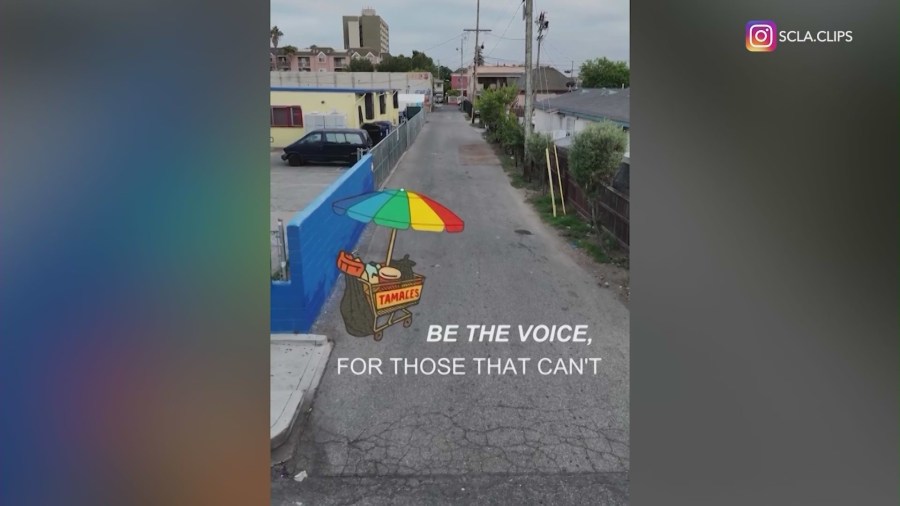Following an increase in immigration enforcement in Los Angeles, two artists turned to social media to document the effect on their community. The resulting video, posted by South Central Clips, overlays hand-drawn illustrations of abandoned tools and supplies belonging to street vendors, landscapers, and construction workers onto footage of empty city streets. The clip contains no narration, but text appears on screen urging viewers to “Be the voice, for those that can’t,” with resources provided in the page’s bio.
The video was created by Erick Solis and Marvin Valencia, longtime documentarians who focus on South Los Angeles. Released shortly after mass deportations began over the summer, the video aims to show how local neighborhoods have been affected by the enforcement actions.
“You know that saying, pictures speak louder than words? It’s one of those things,” said Valencia. Solis added that he wanted the presentation “stripped down, just bare,” letting the images themselves convey the story.
For the creators, the work was personal. Valencia said, “We are not political at all, but it came to a point where families were being torn apart. Our local neighborhood was being taken, my tamalera wasn’t out there this weekend — it affected us personally in our daily lives.”
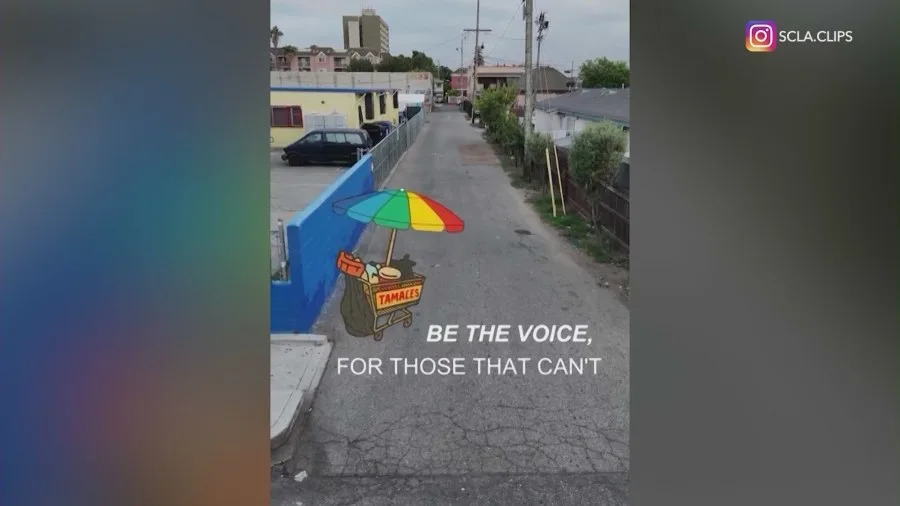
Illustrations of scattered supplies belonging to street vendors, landscapers, and construction workers are seen sitting abandoned over real video, portraying the impact the recent ICE raids have had in local communities. (SCLA.Clips)
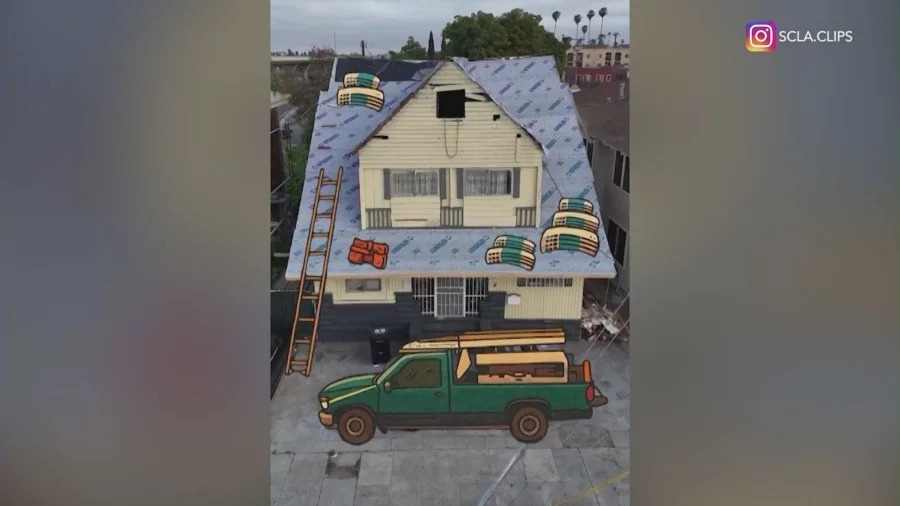
Illustrations of scattered supplies belonging to street vendors, landscapers, and construction workers are seen sitting abandoned over real video, portraying the impact the recent ICE raids have had in local communities. (SCLA.Clips)
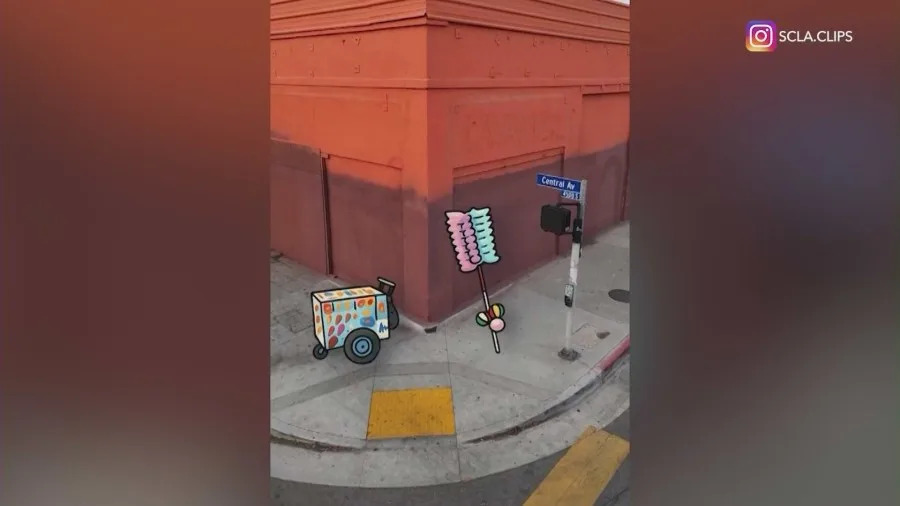
Illustrations of scattered supplies belonging to street vendors, landscapers, and construction workers are seen sitting abandoned over real video, portraying the impact the recent ICE raids have had in local communities. (SCLA.Clips)
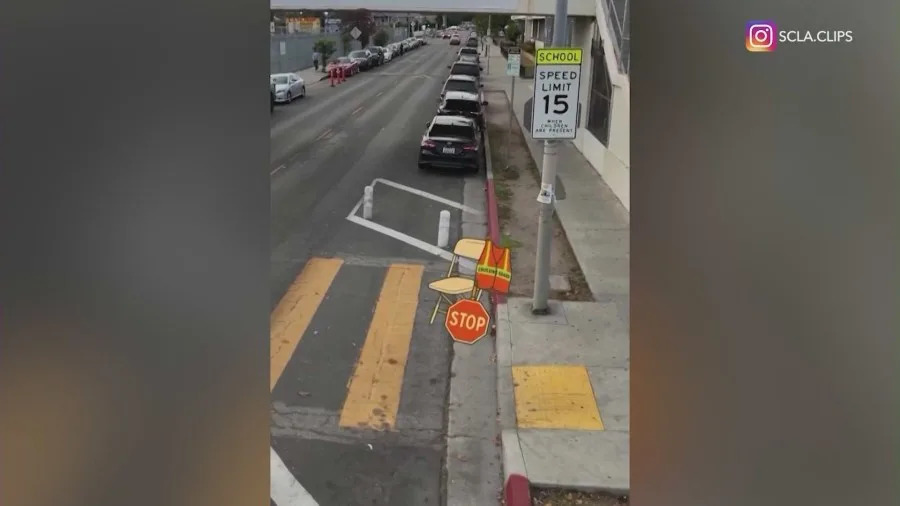
Illustrations of scattered supplies belonging to street vendors, landscapers, and construction workers are seen sitting abandoned over real video, portraying the impact the recent ICE raids have had in local communities. (SCLA.Clips)
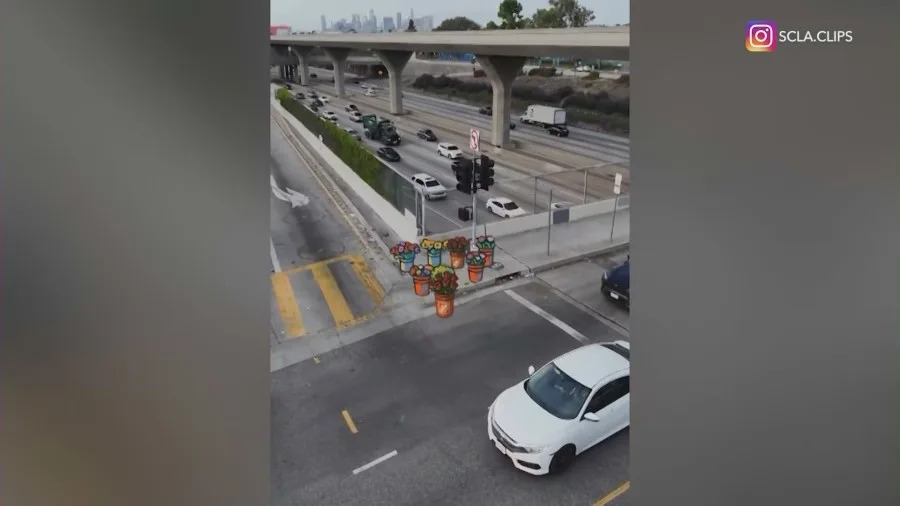
Illustrations of scattered supplies belonging to street vendors, landscapers, and construction workers are seen sitting abandoned over real video, portraying the impact the recent ICE raids have had in local communities. (SCLA.Clips)
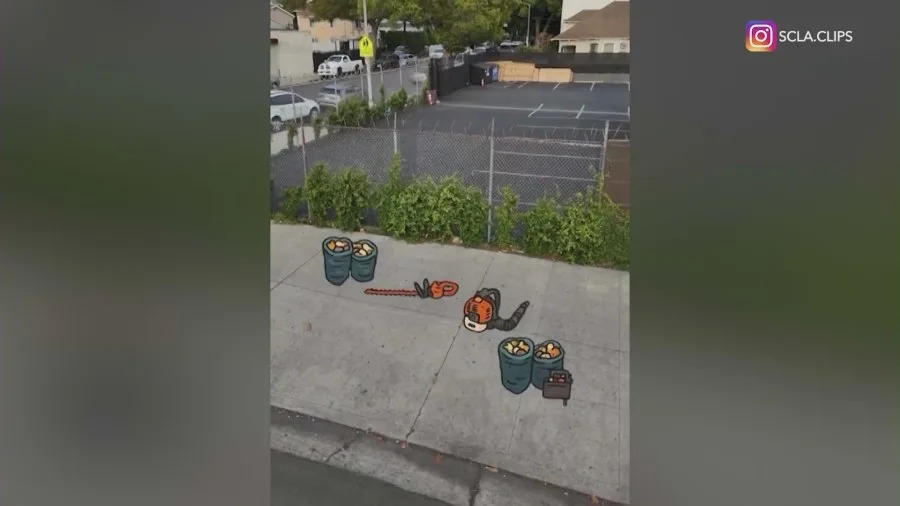
Illustrations of scattered supplies belonging to street vendors, landscapers, and construction workers are seen sitting abandoned over real video, portraying the impact the recent ICE raids have had in local communities. (SCLA.Clips)
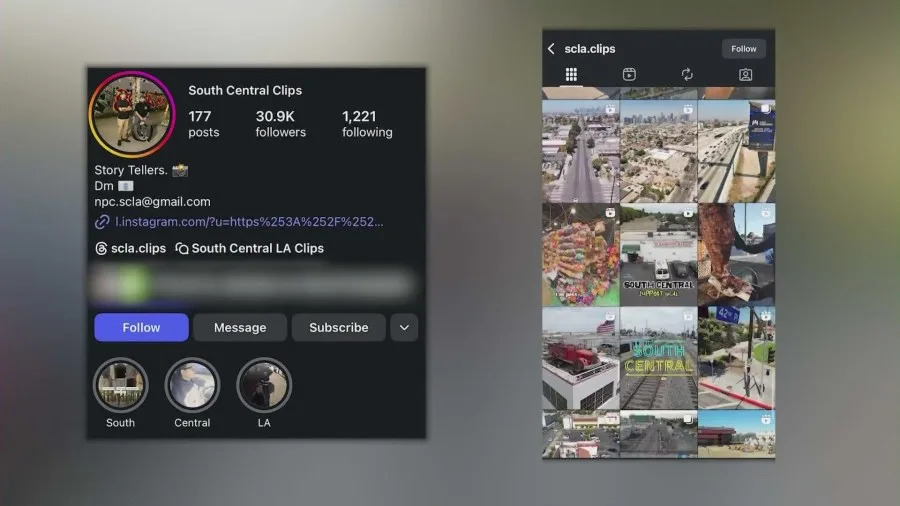
Illustrations of scattered supplies belonging to street vendors, landscapers, and construction workers are seen sitting abandoned over real video, portraying the impact the recent ICE raids have had in local communities. (SCLA.Clips)
Solis, whose parents are immigrants, said the situation resonates deeply. “Everybody here, immigrants or not, they’re just looking for a way out to succeed and feed their families,” he said.
The video reflects broader trends in the workforce. Preliminary Census Bureau data show that more than 1.2 million immigrants — both legal residents and those in the country without authorization — were absent from the U.S. workforce from January through July of this year.
Valencia and Solis said they observed the changes directly in their neighborhood, noting fewer street vendors and laborers on city streets after the raids.
Despite ongoing enforcement, many workers are returning to the streets out of necessity. “The fear is there, but I think more so than fear, it’s just resilience,” Solis said.
Carlos Saucedo contributed to this article.
Copyright 2025 Nexstar Media, Inc. All rights reserved. This material may not be published, broadcast, rewritten, or redistributed.
For the latest news, weather, sports, and streaming video, head to KTLA.
